Hancock-Clarke House
Built in 1737, Hancock-Clarke House was the parsonage for the town of Lexington during the 18th century. Reverend Jonas Clarke was hosting patriot guests John Hancock and Samuel Adams when they were awakened by Paul Revere and his famous warning in the early hours of April 19, 1775. Thanks to generous grant funding, this site is also the location of new research and exhibitions related to the enslaved and indentured black populations of Lexington in the eighteenth and nineteenth centuries.
Visitors to Hancock-Clarke House take guided tours on the hour, lasting about an hour.
-
August 1 - October 31, 2024: Open Wednesday - Monday with guided tours on the hour from 10 AM - 4 PM (closed Tuesdays)
November 29 - December 1, 2024 from 10 AM - 4 PM
-
Tours Start on the Hour
Single House Admission:Adults: $14.00 | Children (ages 6-16): $8.00
Three House Admission:
Adults: $28.00 | Children (ages 6-16): $14.00
Three House Tickets are available to purchase at any of our museums. For single house admission, please proceed to the museum you wish to visit.
-
We offer free admission to:
Lexington Historical Society members
Lexington First Responders
Lexington Visitor Center Staff
Active duty military personnel and their immediate families
American Alliance of Museums members
New England Museum Association (NEMA) members
North American Reciprocal Museum Association (NARM) members
We offer discounts to:
AAA members - $1 discount on 3-house tickets for adults and children
Card to Culture Program members (EBT and SNAP) - $2 admission on 3-house tickets for adults; children free
Retired Military/Veterans - 1/2 price admission on 3-house ticket
-
-
All houses, including Hancock-Clarke House, have air conditioning to keep cool.
The first floor of Hancock-Clarke House is accessible to most wheelchair users. The second floor is not accessible. A video tour of the second floor is available for viewing on request. Please note that the front entrance is 30" wide and there is a 2" step into the house.
Accessible, gender-neutral restrooms are available for visitors at all properties.
Service animals are allowed in the museums.
-
Lexington Historical Society welcomes the energy and enthusiasm of a large corps of volunteer greeters and helpers - sign up today!
Highlights
-
What Does Liberty Mean?
Black New Englanders, both free and enslaved, were far more visible in the 18th century than many modern visitors to a town like Lexington might expect. The Hancock-Clarke House was one such site of enslavement. View an introductory exhibit highlighting the stories of Jack and Dinah, two individuals enslaved by the Hancock Family, as well as other Black contemporaries of Lexington. As you tour the house, you will hear how its different inhabitants - enslaved people, women, and male Patriots - viewed the concept of liberty.
-
Hancock-Clarke House Herb Garden
The award-winning Hancock-Clarke House Herb Garden contains traditional herbs of the 18th Century. It is divided into culinary, medicinal, and aromatic/household sections, with 42 carefully researched herb species. In addition, there is an heirloom Roxbury Russet apple tree rear of the house. The garden is maintained April through November by the Lexington Field & Garden Club’s Morning Study Group, which began the project over 50 years ago.




